KNOWLEDGEHUB
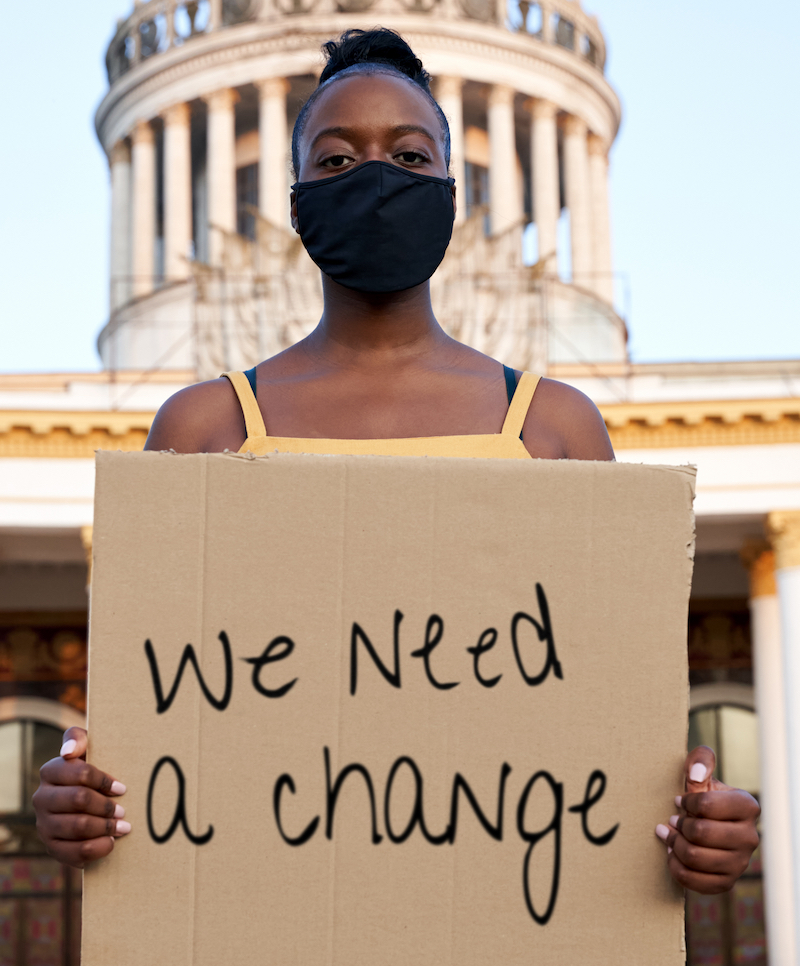
Child, Early, and Forced Marriage
Each year, 12 million girls around the world are married before the age of 18. Early marriage remains widespread, though its prevalence has decreased worldwide in the past decade —from one in four girls 10 years ago to approximately one in five today – and progress is threatened by global emergencies like the COVID-19 pandemic.

01 Child, early, and forced marriage is associated with multiple harms
Child marriage or informal partnership:
- Restricts girls’ opportunities, leading to lower educational attainment and fewer economic opportunities
- Puts girls at increased risk of sexual, physical, and psychological violence from their partners and their partners’ families
- Makes girls more vulnerable to intimate partner violence: globally, girls married before the age of 15 are almost 50 percent more likely to experience either physical or sexual intimate partner violence than those married after they turn 18
- Is associated with poor sexual and reproductive health outcomes, poor mental health, and death by femicide or suicide

02 Social factors drive child marriage
Child marriage is driven and exacerbated by:
- Gender inequality and the lower value placed on girls in some settings
- Norms that link family honour to girls’ sexual purity and the perception that marriage can protect family honour by avoiding ‘defilement’ and rumours
- Poverty, insecurity, and conflict
Child marriage tends to increase during and immediately after crises.
03 Systemic shifts are needed to end child marriage
Ending child, early, and forced marriage involves:
- Supporting and empowering girls
- Relieving poverty
- Shifting harmful norms
- Developing supportive laws and services

What works to prevent child marriage? What the evidence tells us
See full report here
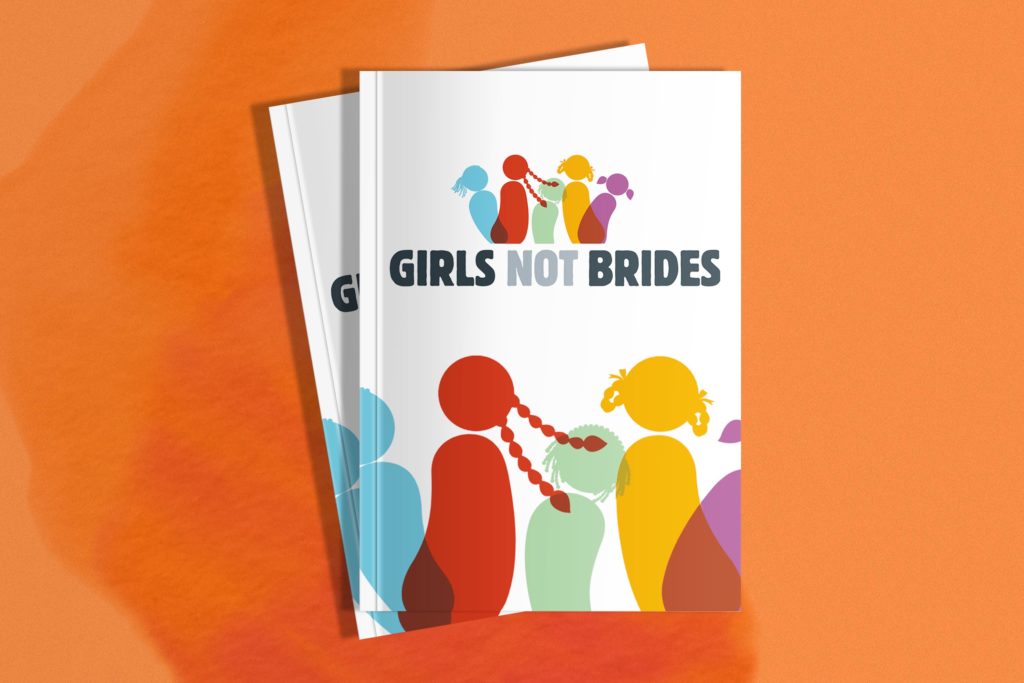
Link
Girls Not Brides Page on Links between Violence and Child Marriage
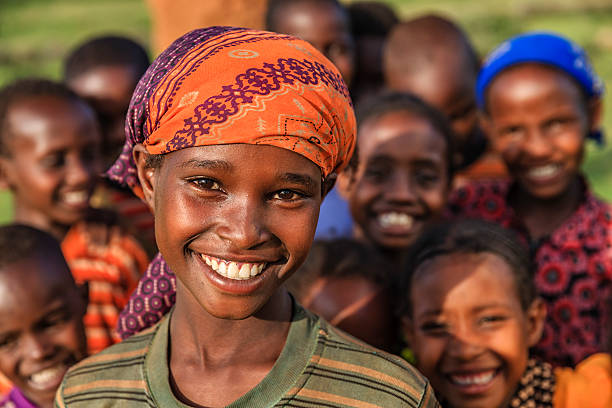
Interventions to Address the Health and Well-Being of Married Adolescents: A Systematic Review
There is a need for programs to focus on improving educational and economic outcomes among married girls, as well as increased efforts to support equitable marital relations and engage men and boys.
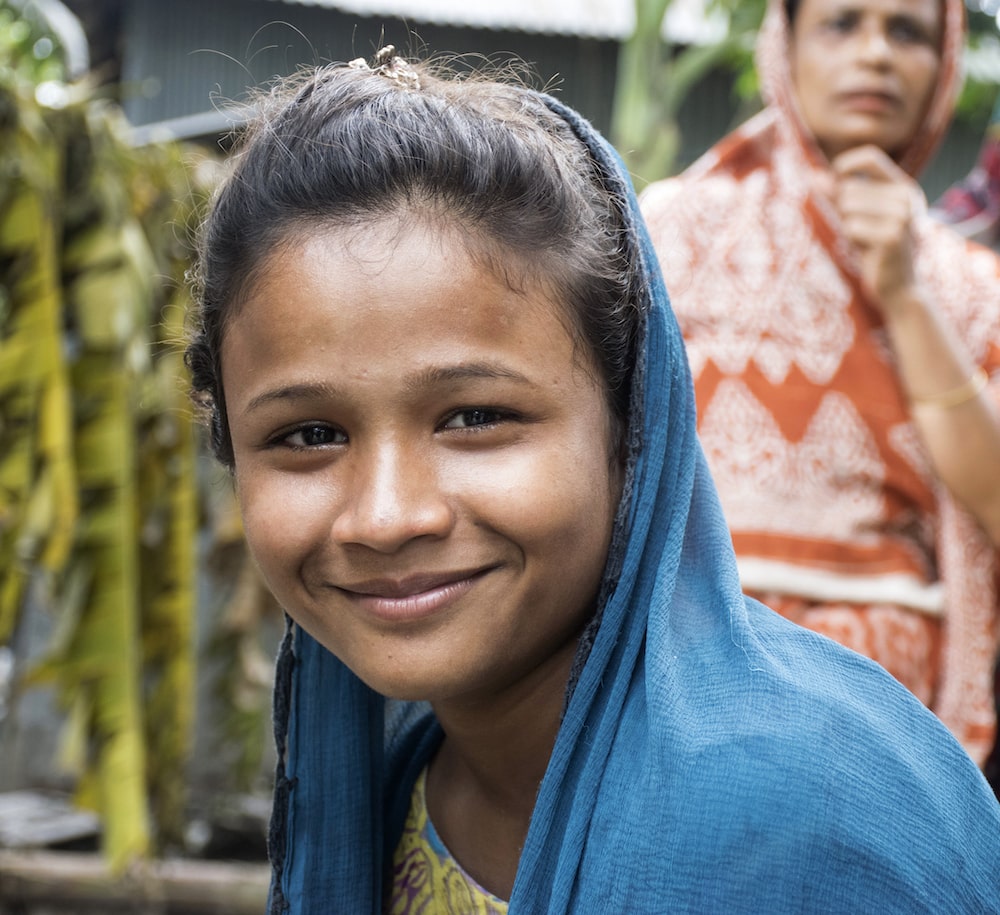
Child, early and forced marriage and unions laws
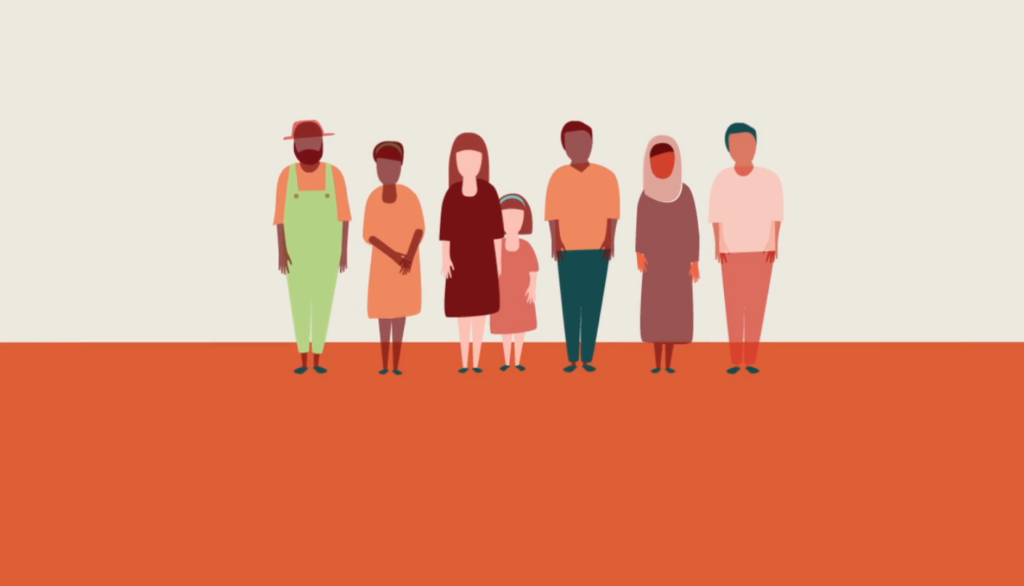
How Well Do Economic Empowerment Efforts Prevent Child Marriage in South Asia?
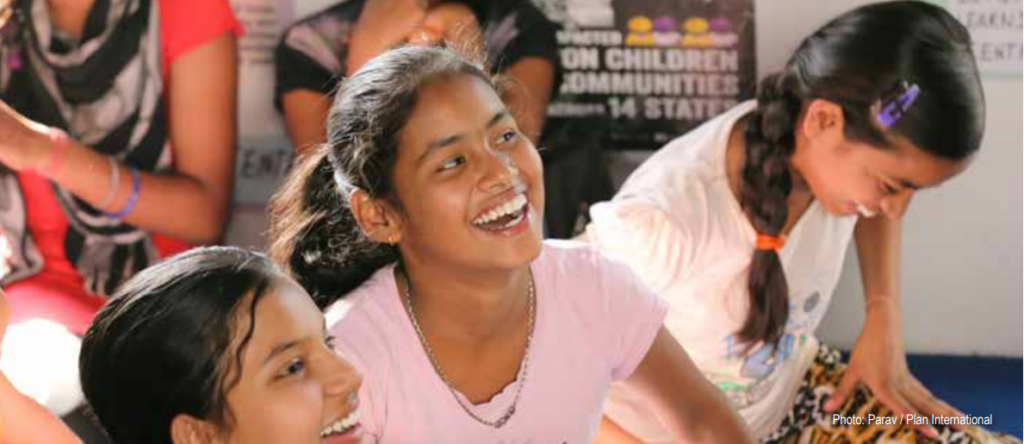
Sexuality and Gender-Transformative Programmes to End Child Marriage: Summary
See full report here.
FEATURED RESOURCES
OTHER RESOURCES
RESOURCE BY
Girls Not BridesRESOURCE BY
Child Marriage Research to Action NetworkChild Marriage Research Tracker
This spreadsheet by the Child Marriage Research to Action Network provides an up-to-date list of ongoing and upcoming research.
Link
